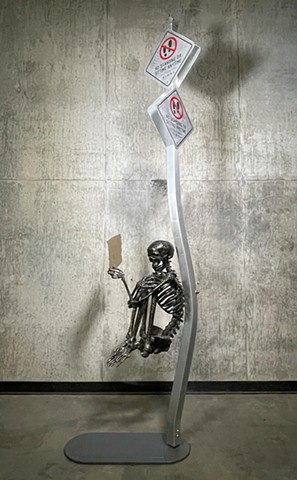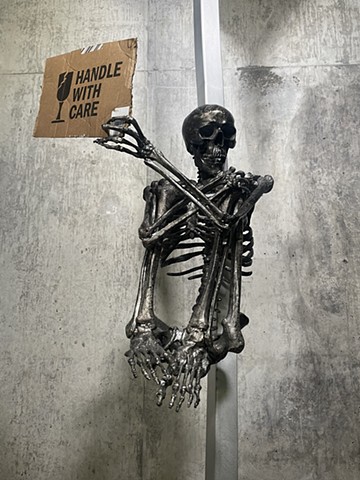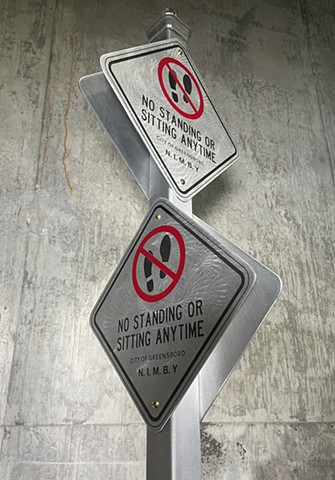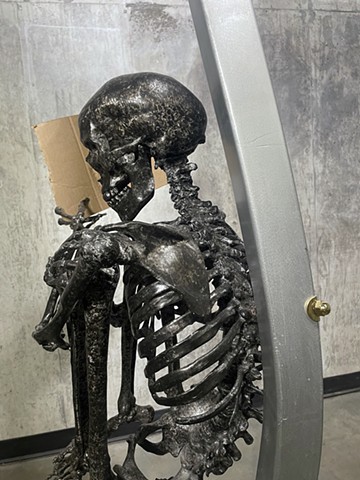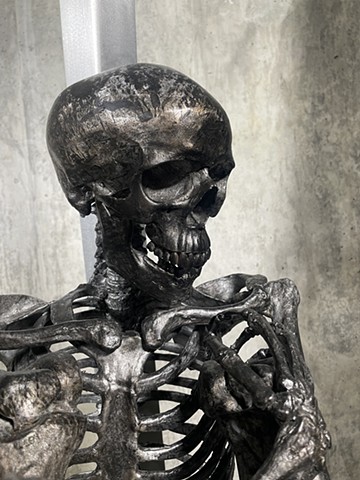NIMBY
In 2022 the city of Greensboro, NC installed “no sitting or standing” signs that were enforceable by law at critical intersections throughout downtown. These signs were a direct attack on the disenfranchised communities who utilize these spaces to seek the generosity of community members. When I first saw these signs, I was mortified and infuriated as to how the city would rather spend the time, energy, and funding to erect these signs and enforce these laws instead of helping the very individuals they were punishing. The city of Greensboro funneled a portion of its assets at making it easier for law enforcement to arrest homeless individuals, and subsequently violated the rights of an already oppressed and marginalized community.
A plethora of laws are created specifically targeting the quality of life of individuals suffering houselessness or housing insecurities by criminalizing the very state of being homeless. Typically, these laws are enacted in and around areas of affluence, privilege, and wealth. NIMBY, an acronym for "Not In My Backyard,” can be used to describe these laws and rulings which are aimed at keeping less fortunate individuals or the amenities they need (e.g. shelters, affordable housing, or group homes) out of certain neighborhoods. Not all neighborhoods get to self-enforce and choose the laws and activities that go on around them. These same laws are used in much more harmful ways such as redlining, white flight, and urban gentrification. NIMBY laws reflect the power money provides.
My sculpture is an active protest against these laws. By continuing to use the human skeleton as a stand in for all humanity while also looking at our own mortality and the effect these laws have on others. The skeleton is holding itself in the smallest package it can, taking up as little space as is possible for a single human being. Despite the signs towering above them stating “No Standing or Sitting” the figure remains in deviance. Hovering in the air, neither standing nor sitting, in a direct protest of the signs above. The skeleton is patinated with a black splatter that makes the figure appear dirty, deprived, derelict, a stark contrast to the bright clean presentation of the pole, signs, and median they are on. The choice for a grimy finish on the figure shows the effects being homeless has on the body. In contrast to the skeleton are the bright shiny signs, clean signpost, fresh median, and even the polished bronze bolting hardware all which highlight the energy and money put into the creation and distribution of signage instead of human aid.
